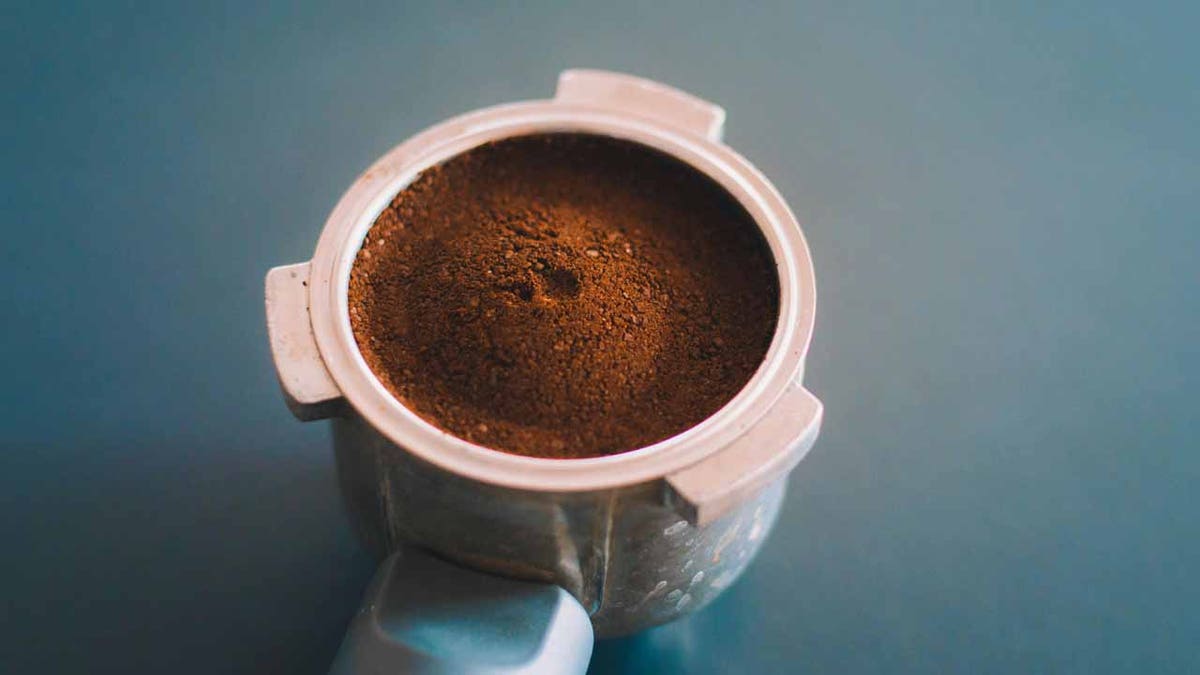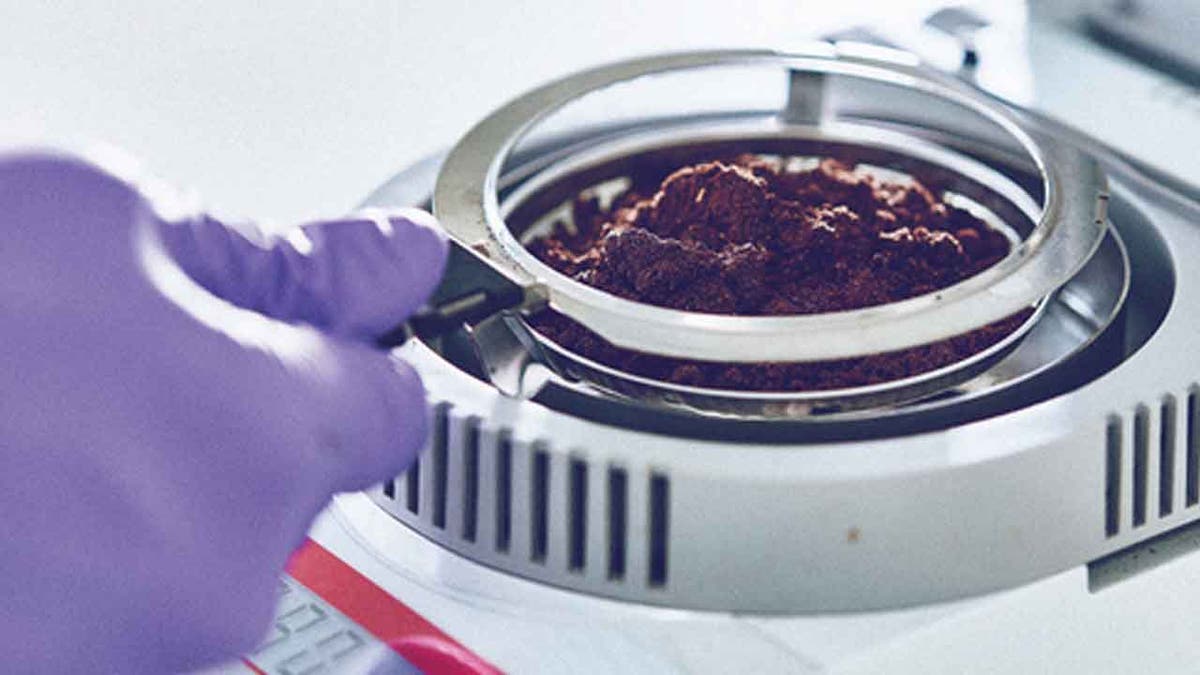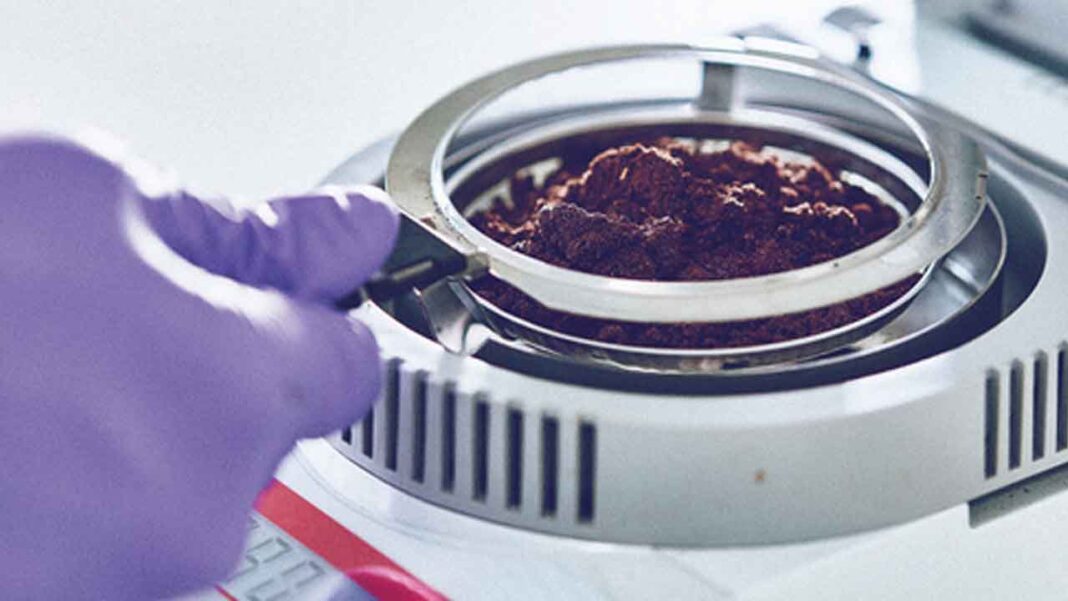NEWYou can now listen to Fox News articles!
Was it a coffee lover or hater who came up with this innovative idea? What if your morning coffee could help build the next generation of eco-friendly homes? That’s exactly what researchers in Australia are doing: turning leftover coffee grounds into bricks. These bricks from recycled coffee grounds aren’t just a quirky experiment. They’re strong, sustainable, and could seriously cut down on construction emissions and costs. Here’s how your daily brew is becoming the foundation for greener buildings.
Sign up for my FREE CyberGuy Report
Get my best tech tips, urgent security alerts, and exclusive deals delivered straight to your inbox. Plus, you’ll get instant access to my Ultimate Scam Survival Guide – free when you join my CYBERGUY.COM/NEWSLETTER.
Firing bricks made from coffee waste. (Swinburne University)
Bricks from recycled coffee grounds are cheaper and greener to make
At Swinburne University of Technology, researchers found a creative way to cut both construction emissions and material costs by making bricks from recycled coffee grounds. Instead of letting all that coffee waste go to landfills, they partnered with local coffee shops to collect spent grounds straight from espresso machines. Then, by blending the coffee waste with natural clay and an alkali activator, they developed a recipe for low-emission bricks that are not only more sustainable but also faster and cheaper to produce than traditional clay ones.

Coffee grounds from an espresso machine. (Kurt “CyberGuy” Knutsson)
Why bricks from recycled coffee grounds are a smarter use of waste
Coffee is the world’s second most popular beverage, beaten only by tea. As such, there are approximately two and a quarter billion cups of coffee consumed daily. If you average out the espressos, cappuccinos, and americanos, then each cup brews using roughly eleven grams of freshly ground coffee. However, that leads to over nine million tonnes of coffee bean grounds. In turn, this generates an estimated eighteen million tonnes of damp, burnt byproduct dumped into landfills every single year. So, there is an abundance of supply, but how can coffee grounds be more efficient than traditional clay bricks?
How bricks from recycled coffee grounds cut construction costs
This innovative method of using spent coffee grounds drastically reduces the energy needed to mold bricks. Even low-quality traditional clay bricks must be baked in a kiln at over 900 degrees Celsius. These new coffee bricks only need to be cooked at 200 degrees Celsius. That’s an 80 percent reduction in energy usage, meaning that these bricks are significantly more efficient for both the environment and manufacturing costs.
The lead scientist, Dr. Wong, claimed, “It’s lighter on energy, faster to produce, and designed to reduce electricity-related CO₂ emissions by up to 80 percent per unit.”
Not only are the manufacturing costs lower, but experts claim these coffee bricks are remarkably durable. According to Green Brick, they double “the Australian minimum standard for strength.”

Analysis of spent coffee grounds. (Swinburne University)
Bricks from recycled coffee grounds offer sustainable building solutions
In June, Swinburne University of Technology took a major step forward by signing an IP licensing deal with Australian company Green Brick. This partnership paves the way for using bricks made from recycled coffee grounds in real-world construction projects. Green Brick founder Philip Ng explained, “For the last century, materials have been judged by one thing: cost per square meter. But in the next chapter, we’ll judge them by carbon, transparency, and circularity, and those metrics favor a new product.”
While Swinburne’s team is transforming coffee waste, others around the world are exploring similar paths. In London, a group of researchers has developed “sugarcrete,” a bio-brick made from sugarcane waste. As these kinds of innovations gain traction, recycled organic materials are starting to look like a practical and scalable alternative for the construction industry.
Kurt’s key takeaways
It turns out your coffee habit might be more powerful than you think, not just for waking you up, but for building a cleaner future. Bricks from recycled coffee grounds are a creative solution to two big problems: construction pollution and coffee waste. As more researchers and companies get behind ideas like this, the future of sustainable building is looking a lot more grounded and a little more caffeinated.
Would you live in a home built from recycled materials like coffee grounds or sugarcane waste? Why or why not? Let us know by writing to us at Cyberguy.com/Contact.
Sign up for my FREE CyberGuy Report
Get my best tech tips, urgent security alerts, and exclusive deals delivered straight to your inbox. Plus, you’ll get instant access to my Ultimate Scam Survival Guide – free when you join my CYBERGUY.COM/NEWSLETTER.
Copyright 2025 CyberGuy.com. All rights reserved.


